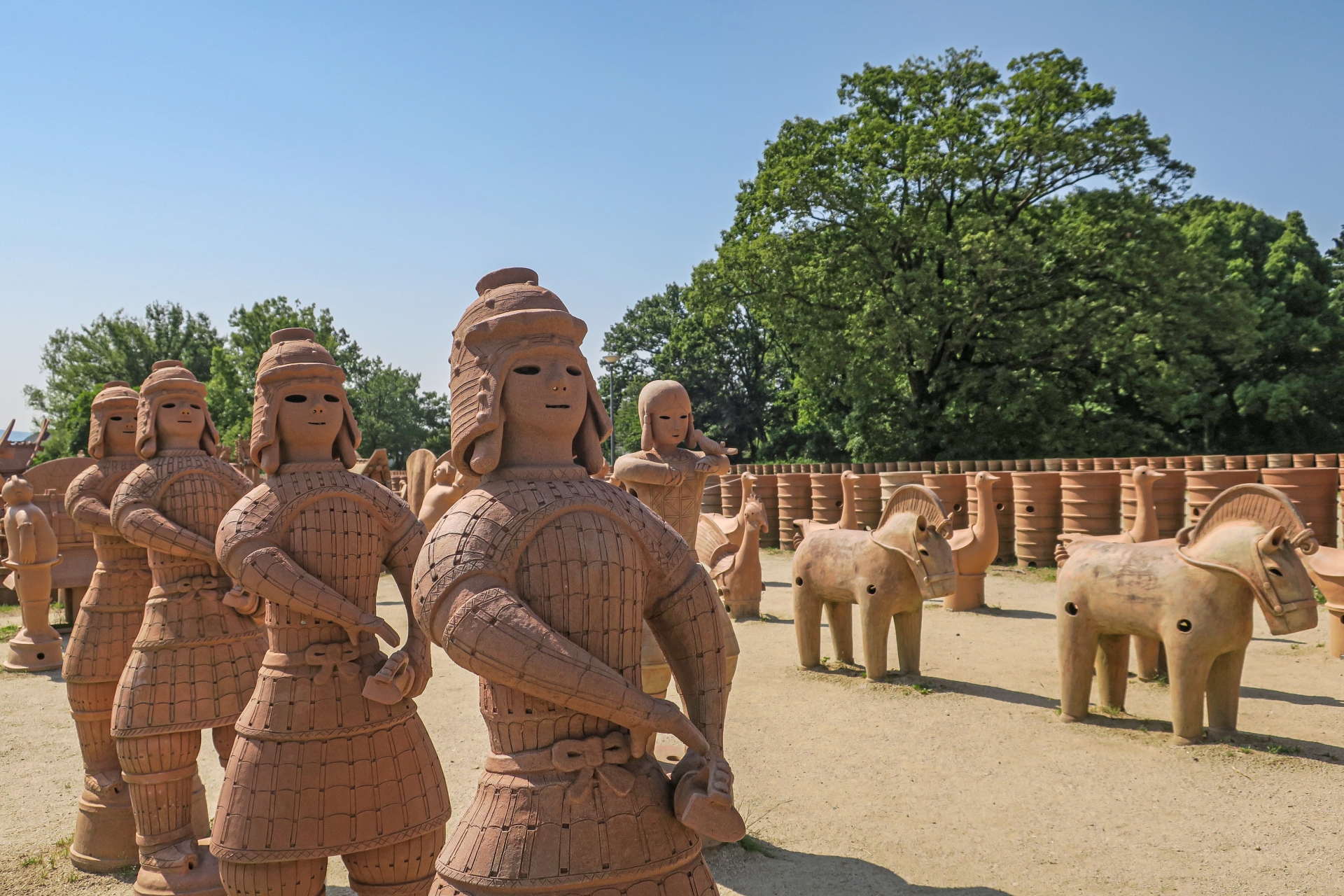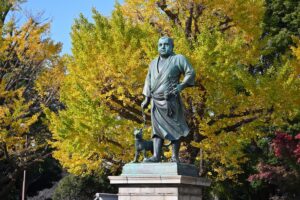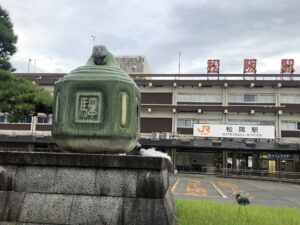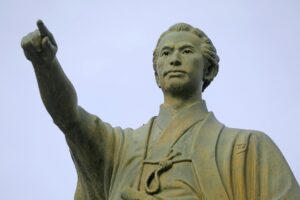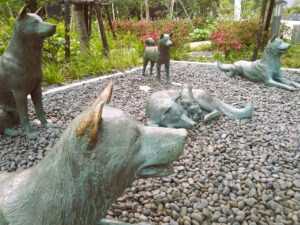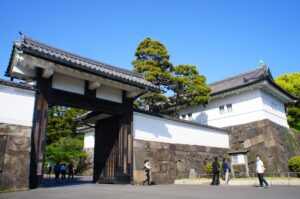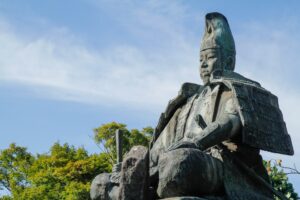Ancient Japan offers a fascinating glimpse into a civilization that has profoundly influenced modern culture and society. From the early Jomon and Yayoi periods to the establishment of the Yamato state and the introduction of Buddhism, the evolution of ancient Japan is marked by rich cultural developments and external influences. This article delves into the key periods, cultural shifts, and notable contributions that shaped Japan’s ancient past, exploring the roles of women, everyday life, mythology, and environmental factors that left a lasting impact.
The Early Periods of Ancient Japan: Jomon and Yayoi
The Jomon period, dating from around 14,000 BCE to 300 BCE, marks the dawn of ancient Japan’s civilization. Named after its distinctive pottery, characterized by cord-marked patterns, the Jomon culture was primarily hunter-gatherer with a deep connection to nature. Jomon people lived in pit dwellings and relied heavily on fishing, hunting, and foraging for sustenance. They crafted intricate pottery and stone tools, indicating a society with a developed sense of artistry and utility.
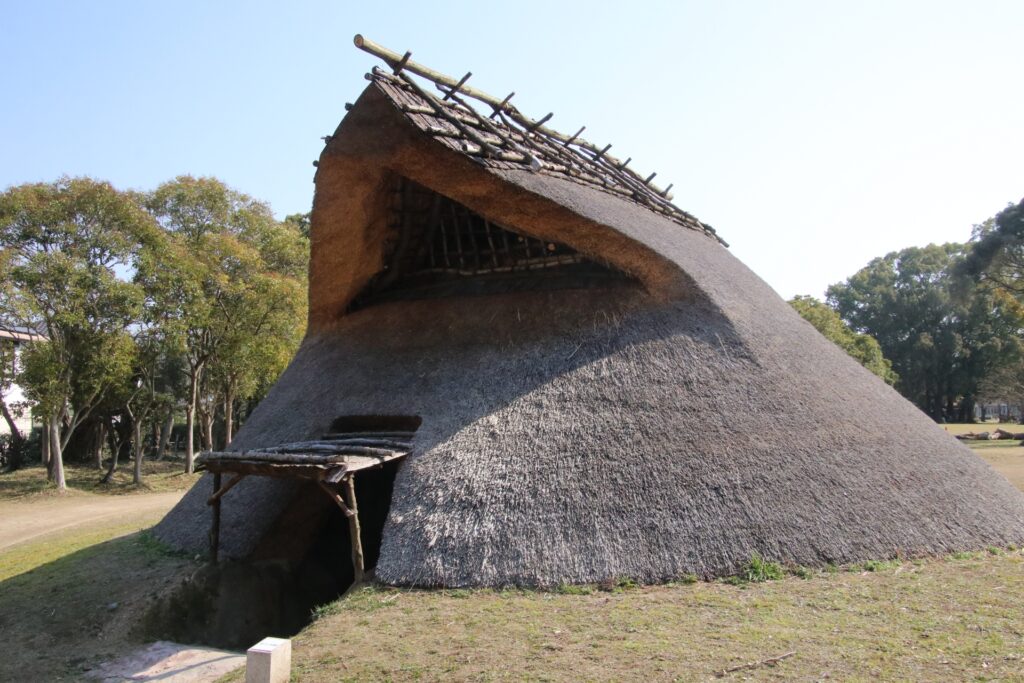
The Yayoi period (300 BCE to 300 CE) followed, introducing significant shifts in Japanese society. The Yayoi people, believed to have migrated from the Asian mainland, brought with them advanced agricultural practices, including wet-rice farming, which became a cornerstone of Japanese sustenance. This period also saw the development of metallurgy, with the introduction of bronze and iron, transforming the tools and weapons used by the people. The Yayoi culture laid the groundwork for the rise of more complex social and political structures, leading to increased stratification and the emergence of early clan-based governance.
The Yamato State and the Birth of Imperial Japan
The formation of the Yamato state, around the 3rd century CE, marks a pivotal moment in ancient Japan’s history. The Yamato clan, claiming descent from the sun goddess Amaterasu, established itself as a central political and military power, eventually leading to the unification of various clans under a single imperial rule. This period witnessed the establishment of the imperial line, which continues to this day, making Japan’s monarchy the oldest continuous hereditary monarchy in the world.
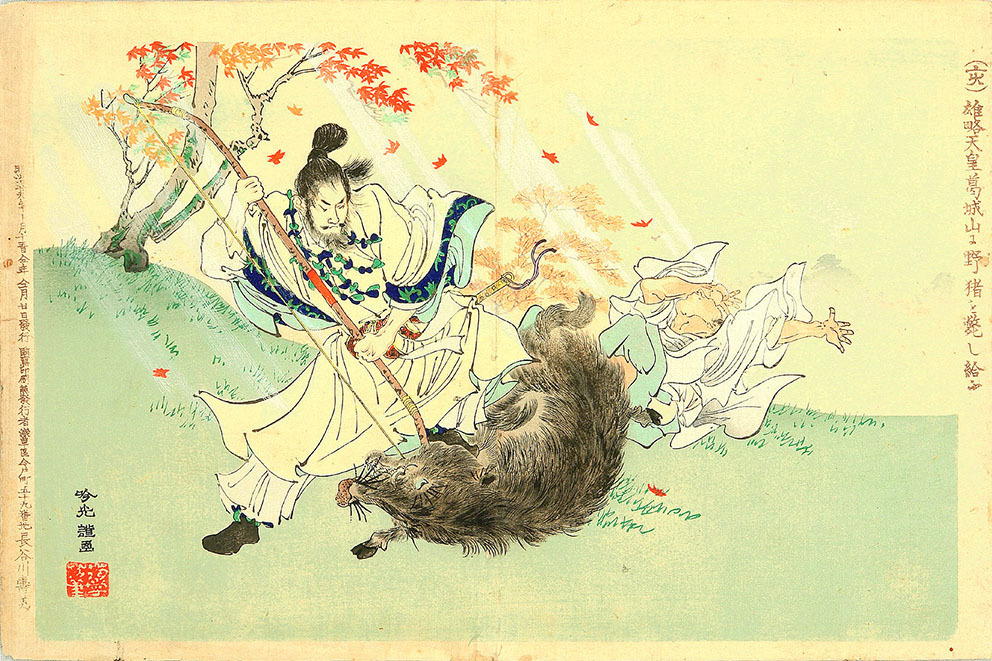
The Yamato rulers implemented a centralized administrative system, influenced by Chinese political models. This included the introduction of a written script based on Chinese characters, which facilitated record-keeping and governance. The Yamato state’s consolidation of power and its association with divine ancestry played a crucial role in legitimizing the authority of the emperor, setting the foundation for Japan’s future political and social hierarchy.
The Influence of Buddhism and Shinto on Ancient Japan
Buddhism, introduced to Japan via Korea in the 6th century CE, had a profound impact on Japanese society and culture. As the religion spread, it became intertwined with Japan’s indigenous Shinto beliefs, leading to a unique synthesis of practices and traditions. Buddhism offered a structured set of beliefs and rituals that complemented the animistic and nature-centered Shinto practices, which focused on kami (spirits) that inhabited natural objects and phenomena.
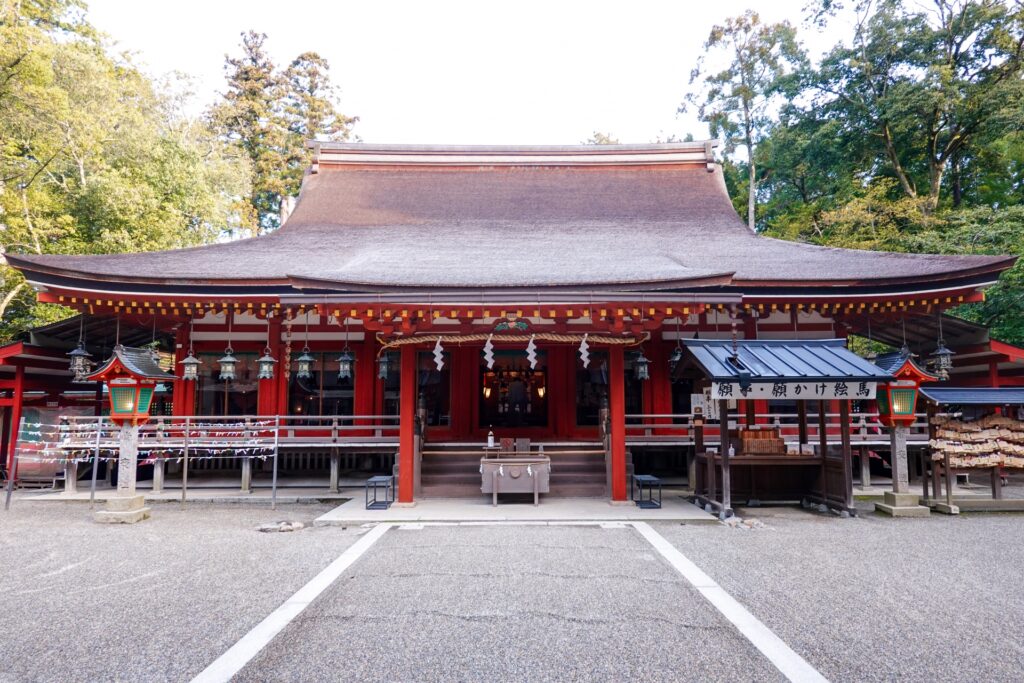
The introduction of Buddhism also brought new architectural styles, art forms, and philosophical ideas to Japan. Temples were built, serving as centers of learning and cultural exchange. Buddhist rituals and ceremonies began to influence the daily lives of the Japanese people, and Buddhist monks played a significant role in the education and spiritual guidance of the populace. The coexistence of Shinto and Buddhism laid the cultural and religious foundation that continues to define Japanese spiritual life.
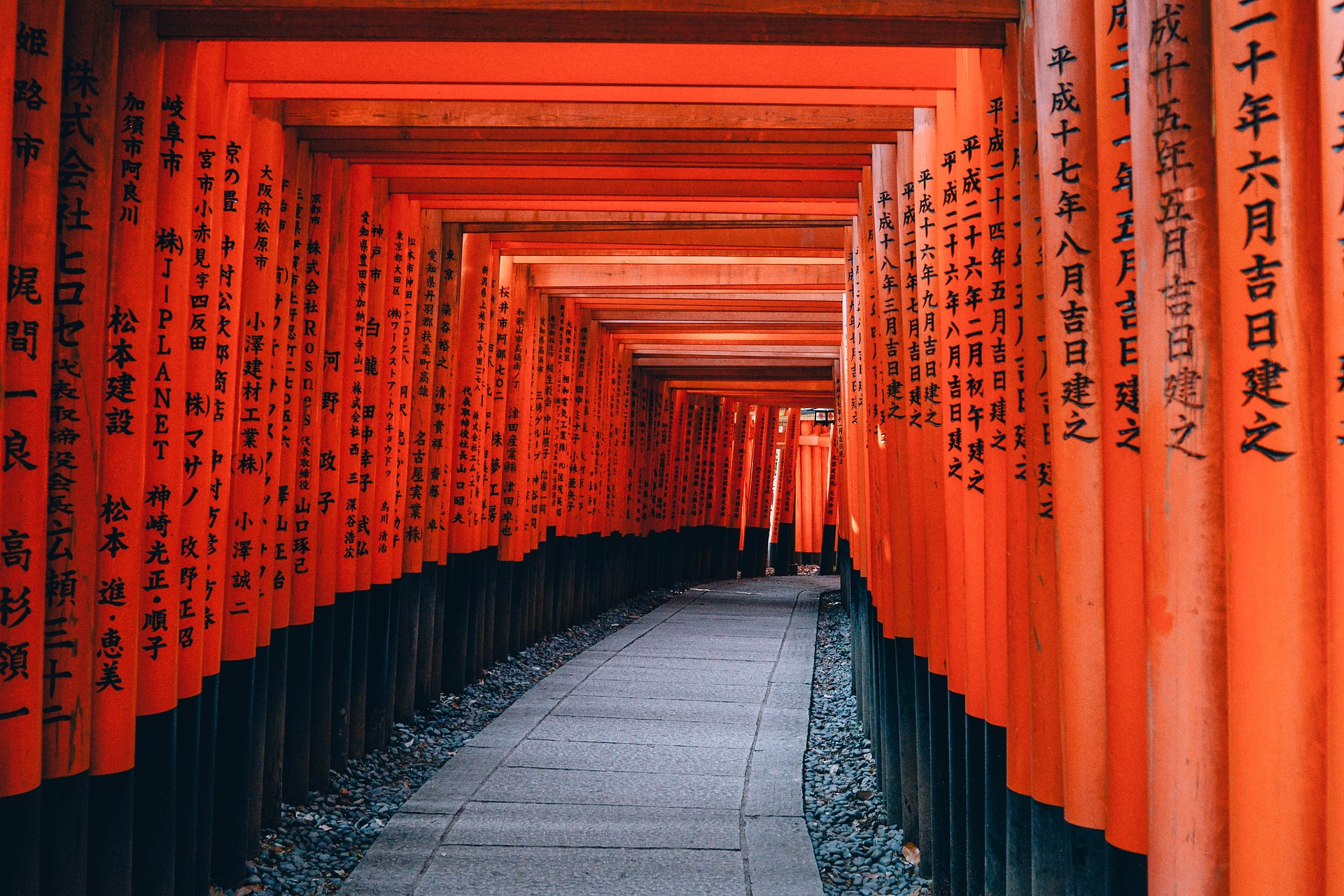
Women in Ancient Japan: Roles and Influence
In ancient Japan, women held various roles and enjoyed a degree of influence in both domestic and public spheres. During the early periods, women could own property, participate in religious ceremonies, and were involved in political leadership, especially within powerful clans. Notable figures, such as Himiko, a shaman-queen of the Yamatai kingdom, illustrate the significant roles women played in leadership and spiritual matters.
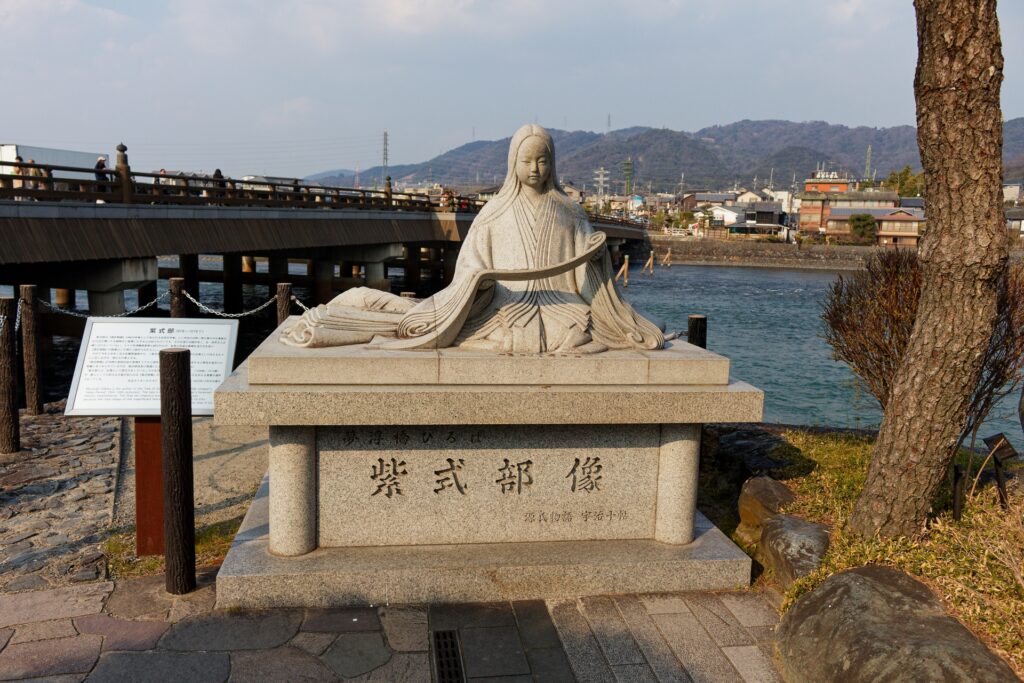
However, as Japan’s political structures became more centralized and influenced by Confucian ideals, the roles of women gradually shifted towards more domestic responsibilities. Despite this shift, women continued to exert influence through their roles as wives and mothers in noble families, often acting as advisors and behind-the-scenes power brokers in the imperial court. Female poets and writers also contributed to Japan’s rich literary tradition, as seen in the Heian period, with works like The Tale of Genji by Murasaki Shikibu.
Daily Life in Ancient Japan: Insights into Society and Culture
Daily life in ancient Japan varied significantly depending on one’s social status and period. During the Jomon and Yayoi periods, the majority of people lived in small communities, engaging in agriculture, fishing, and hunting. Housing evolved from simple pit dwellings to more sophisticated wooden structures as construction techniques improved. The diet of ancient Japanese people was diverse, consisting of rice, fish, vegetables, and fruits, supplemented by hunting and foraging.
Social structures became more stratified during the Yamato period, with the emergence of a ruling class and a system of land ownership. Common people worked the land, paying taxes to local lords and the imperial government. Clothing styles also reflected social status, with the elite wearing more elaborate garments made from silk, while commoners dressed in simpler attire made from hemp and cotton. Festivals, music, and dance were integral parts of daily life, serving both religious and social functions, fostering a sense of community.
Mythology and Folklore: The Legends of Ancient Japan
Ancient Japanese mythology is rich with tales of gods, spirits, and legendary heroes that have shaped cultural and religious practices. Central to these myths is the story of the creation of Japan, as told in the Kojiki and Nihon Shoki, where the gods Izanagi and Izanami gave birth to the Japanese islands and various deities. The sun goddess Amaterasu, a key figure in Shinto belief, is revered as the ancestor of the imperial family, linking the divine with the earthly rulers of Japan.
Folklore also includes numerous tales of supernatural beings, such as yokai (spirits or monsters), and moral stories that conveyed lessons about human behavior and the natural world. These myths and legends were passed down through generations, influencing art, theater, and religious ceremonies. Even today, they continue to inspire popular culture, reflecting the enduring power of Japan’s ancient narrative traditions.
Environmental and Geographical Influences on Ancient Japanese Development
Japan’s geography, characterized by its mountainous terrain and island setting, profoundly influenced its ancient societies. Limited arable land led to the development of intensive agricultural practices, such as rice cultivation in paddies, which required coordinated community efforts and contributed to social cohesion. The surrounding seas provided abundant resources, fostering a culture that highly valued seafood and trade.
Japan’s location in the Pacific Ring of Fire made it prone to natural disasters, including earthquakes, tsunamis, and volcanic eruptions. These environmental challenges shaped religious beliefs and practices, leading to the worship of natural phenomena and the development of rituals to appease the kami associated with these forces. The need for disaster preparedness and rebuilding efforts also fostered resilience and adaptability among the Japanese people.
Ancient Japan’s Interaction with China and Korea
Cultural, political, and economic interactions with China and Korea played a significant role in shaping ancient Japan. The influence of Chinese culture is evident in Japan’s adoption of the Chinese writing system, Confucian principles, and various technological advancements. The transmission of Buddhism from China through Korea further enriched Japan’s religious landscape, contributing to the development of a unique cultural identity.
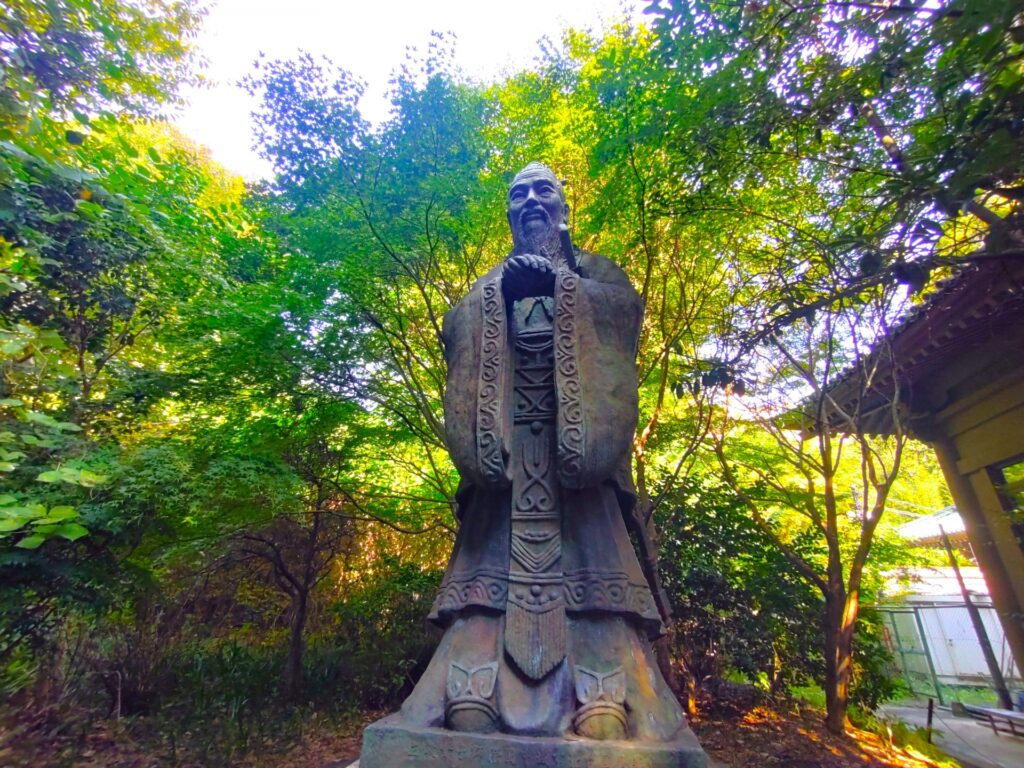
Trade with China and Korea facilitated the exchange of goods, ideas, and artistic styles, enhancing Japan’s material culture and knowledge base. Japanese envoys to China brought back not only luxury goods but also information on governance, architecture, and urban planning, which influenced the organization of Japanese society and the construction of early cities and temples.
Conclusion: The Legacy of Ancient Japan in Modern Times
The legacy of ancient Japan is deeply embedded in modern Japanese culture, from religious practices to artistic expressions and societal norms. Understanding ancient Japan’s history provides valuable insights into the cultural and historical foundations that continue to shape contemporary Japan. As we reflect on the past, we gain a greater appreciation for the resilience, creativity, and spirituality that have defined Japan through the ages. For those eager to delve deeper, exploring the myths, daily life, and environmental influences of ancient Japan offers a rich tapestry of knowledge and inspiration.

